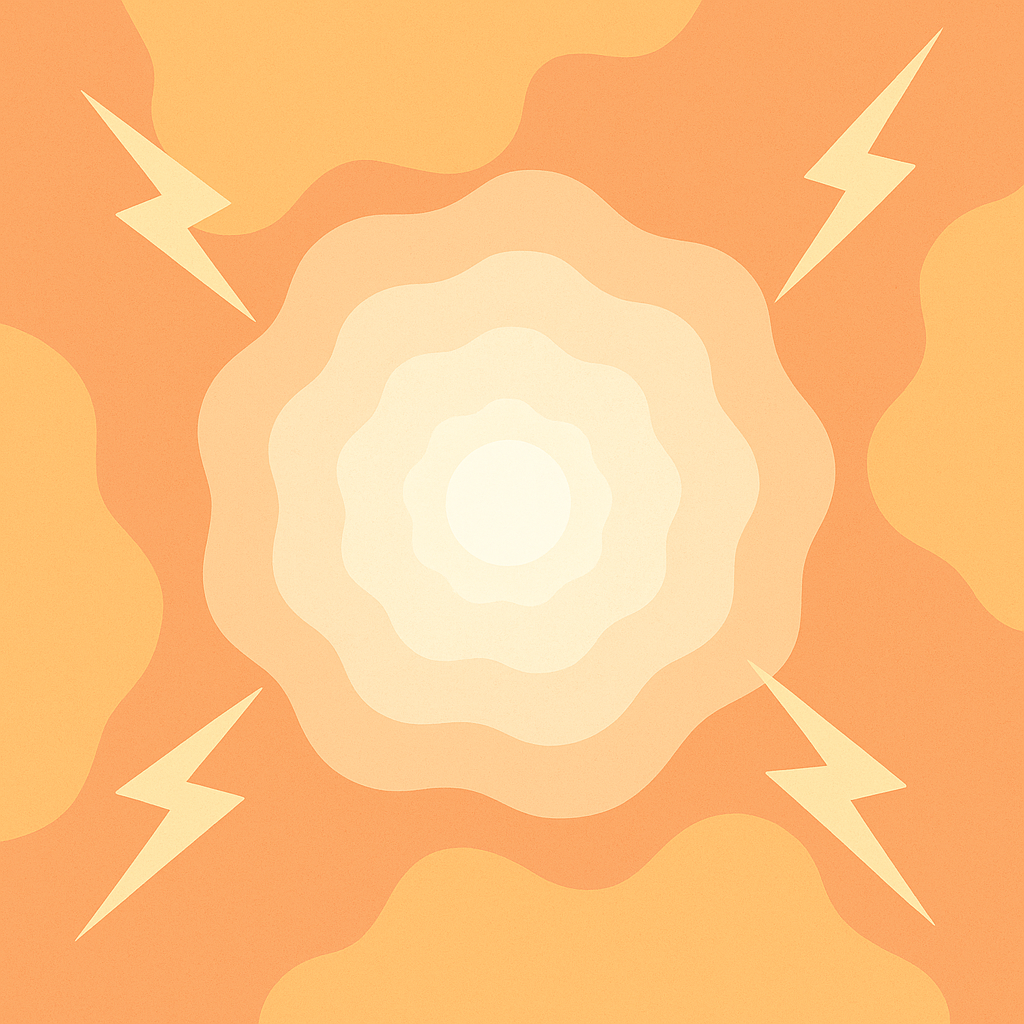
Why Anxiety Causes Derealization: A Breakdown You Can Actually Understand
Derealization can feel like the world suddenly turned strange, flat, or dreamlike—like you're in a familiar place but something is "off." When this happens during anxiety or panic, the experience can be terrifying.
You might ask yourself:
- "Why does anxiety make everything feel unreal?"
- "Is this dangerous?"
- "Does this mean something is wrong with me?"
The truth is: derealization is a common, temporary, and protective response to anxiety—especially panic and chronic stress. It's not harmful, and it doesn't mean you're losing touch with reality.
This article breaks down exactly why anxiety causes derealization in a way that actually makes sense, without complicated clinical jargon.
What Derealization Actually Is
Derealization is a dissociative response where your surroundings feel unreal, distant, foggy, or dreamlike. You still know who you are and where you are—your reality testing stays intact—but the emotional connection to the world is disrupted.
People describe it as:
- "It feels like I'm watching life instead of living it."
- "The world looks flat or too sharp."
- "Everything feels artificial or unfamiliar."
Medical sources note that derealization can be triggered by anxiety, stress, trauma, or panic attacks, and often appears when the nervous system is overwhelmed.
Anxiety Pushes Your Brain Into Survival Mode
To understand why derealization happens, you need to understand what anxiety actually does in the body. When you feel threatened—physically or emotionally—your brain activates the fight-or-flight response.
Your body releases stress hormones like adrenaline and cortisol, which prepare you to run or defend yourself. But when there's no real threat (only perceived danger, like fear of panic or worry), that energy has nowhere to go.
This buildup creates overwhelming sensations such as:
- Rapid heart rate
- Shallow breathing
- Lightheadedness
- Hyper-focus on bodily sensations
- Emotional overload
When the system becomes too overwhelmed, the brain uses dissociation—like derealization—as a way to protect you from overload.
Derealization Is Your Brain Trying to "Turn Down the Volume"
The brain doesn't want you to be overwhelmed. When anxiety spikes too high, your brain sometimes reduces sensory and emotional intensity to keep you from becoming overloaded.
This produces symptoms like:
- Everything feeling distant or foggy
- Surroundings looking unfamiliar
- Time feeling distorted
- Sounds seeming muted or too sharp
It's not malfunctioning—it's protecting you. Like turning down the brightness on a phone that's overheating.
When Breathing Changes, Reality Can Feel "Wrong"
During anxiety or panic, most people start to breathe too quickly or too shallowly, often without realizing it. This leads to hyperventilation, which can cause:
- Dizziness
- Floatiness
- Lightheadedness
- Tingling
- Visual changes
These physical sensations themselves can create a sense of unreality. When your breathing is dysregulated, so is your perception.
This is one reason why grounding and breathing exercises help bring you back.
Anxiety Makes You Hyper-Focused on Your Thoughts
Anxiety doesn't just heighten physical sensations—it heightens internal awareness. During panic or high stress, people often become intensely aware of:
- Their own thoughts
- Their breathing or heartbeat
- Their sense of identity
- Their surroundings
This hyper-awareness can feel strange or unnatural. When your internal awareness becomes too loud, the outside world may feel muted—creating derealization.
Chronic Stress Exhausts the Nervous System
Derealization doesn't only happen during panic attacks. It can also occur when you've been under long-term stress.
Chronic stress keeps the fight-or-flight system stuck in "on" mode. Over time, your brain may respond by disconnecting you from sensory and emotional input to conserve energy.
This creates the "foggy," "dreamlike," or "far away" feelings people describe.
Why Anxiety-Triggered Derealization Feels So Scary
Derealization feels dangerous, but it isn't. The fear comes from the sudden disconnect—your brain perceives something is wrong, but you can't pinpoint what.
Here's what's actually happening:
- You're overwhelmed → The brain protects you
- The world feels strange → You become scared of the sensation
- You interpret "unreal" as "danger" → Anxiety increases
- Anxiety increases → Derealization strengthens
This creates a feedback loop. But the key point: derealization is not a sign of danger—it's a sign of overload.
Grounding Techniques That Reduce Anxiety-Induced Derealization
You can't "think" your way out of derealization—but you can gently guide your body back into the present moment. Here are simple tools that decrease the unreal feeling:
1. Long Exhales
Inhale for 4, exhale for 6. Longer exhales activate the calming side of your nervous system (the parasympathetic system).
2. 5–4–3–2–1 Sensory Reset
Name things you can see, feel, hear, smell, and taste. This anchors you back into your environment.
3. Touch Something With Texture
A blanket, carpet, cold can, or even your own clothing. Sensory grounding helps reconnect your perception.
4. Feel Your Feet
Press your feet into the ground. Notice pressure, warmth, and texture. It's one of the fastest ways to break the "floating" feeling.
5. Slow Movement
Walk slowly around the room. Look at objects and name them out loud. Movement signals safety.
Anxiety Can Trigger Derealization—But It's Reversible
Derealization from anxiety can feel like stepping out of your own life. But it's not permanent, not dangerous, and not a sign of anything severe. It's a stress response, and with time, grounding, and calmer breathing, the unreal feeling softens.
Your nervous system wants to protect you—even if the method feels strange.
Presently includes guided grounding tools designed specifically for DPDR and anxiety—breathing exercises, sensory resets, calming audio, and gentle tracking to help you understand your patterns.
